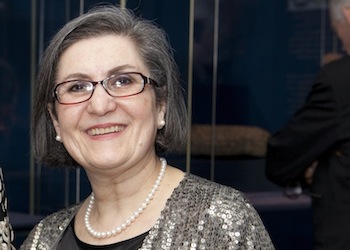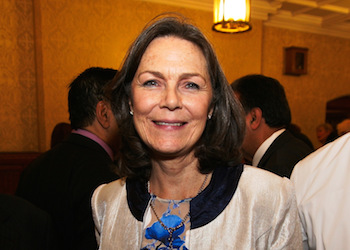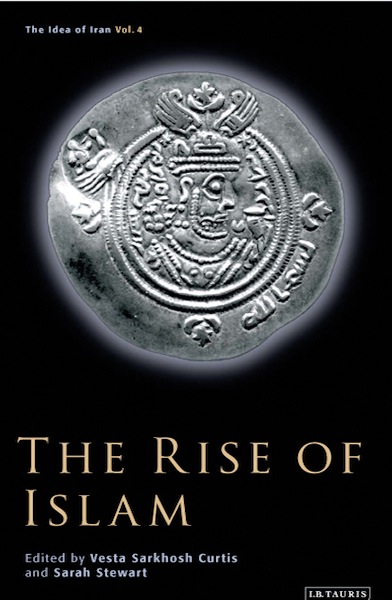The Rise of Islam
he fourth volume in the successful series of The Idea of Iran addresses the impact made by Islam during and after the Arab conquest of Iran in the middle of the seventh century. Following the collapse of the Sasanian Empire, Zoroastrianism was supplanted, over the next two centuries, by the new faith, Islam. Yet how and why, once Iran had embraced the new religion, did it manage to retain its Persian language and distinctive Iranian identity once Muslim governance took hold? This conundrum, alongside other important questions, is addressed by this book, which includes seven distinguished contributions from leading scholars. Discussing a large variety of subjects which covers the whole spectrum of life in early Islamic Iran, the volume offers one of the most ambitious perspectives on Persian religion, society and culture to be published to date.
Opening the volume with a masterly survey, Ehsan Yarshater explores the profound changes to culture and society in an Iran ruled by the Arabs; and addresses the intriguing question of why, despite these changes, the country retained a distinctively Persian identity following conversion to Islam. Hugh N. Kennedy elaborates on the reasons for the survival of this identity, and compares Iran to Syria and Egypt, where – in stark contrast – pre-Islamic culture was marginalised and the pre-Islamic languages disappeared from common use. C. Edmund Bosworth discusses the wider survival and persistence of pre-Islamic traditions in Iran, despite a discouraging tradition amongst Muslim rigorists that ‘Islam cancels the past’. Assessing social and economic changes, and the increasing urbanisation that took place in the three-and-a-half centuries following the Arab conquest, Richard W. Bulliet shows how and why Iran became the most important and dynamic region of the Islamic caliphate. Turning to science and learning, Lutz Richter-Bernburg examines the many ways in which the Iranian people contributed to vibrant developments in medicine, mathematics, astronomy and philosophy during the period. James R. Russell offers an analysis of the medieval Armenian collection of didactic tales and precepts, Tale of the City of Brass, which includes fascinating Persian and Islamic materials that reflect the wider storytelling conventions of central Asia. Finally, using the example of the royal hunter – a familiar theme of Iranian court art – as a test case, Robert Hillenbrand shows how Islamic artists grappled with, copied, misunderstood and popularised the rich Sasanian culture which they inherited.
Editors

Dr Vesta Sarkhosh Curtis is Curator of Middle Eastern Coins at the British Museum and is responsible for its collection of pre-Islamic Iranian coins (from the third-century BC until the middle of the seventh-century AD), which includes both Parthian and Sasanian coins. She also looks after coins of the Islamic world beginning with the Umayyad and Abbasid periods and including coins of the Samanid and Buyid, Seljuk, Mamluk, Ayyubid and Fatimid, Ilkhanid and Timurid, Safavid and Qajar dynasties. Projected have included The Sasanian Coin Project, a collaborative project with the National Museum of Iran in Tehran, and now successfully completed. The result is a two-volume Sylloge of Sasanian coins of the third- to seventh-centuries AD while Dr Sarkhosh Curtis currently jointly-directs the International Parthian Coin Project, The Sylloge Nummorum Parthicorum (SNP), and is Joint Editor of the SNP series. This multi-institutional project will record Parthian coins of the third-century BC to the third-century AD found in London, Vienna, Tehran, Paris, Berlin, and the American Numismatic Society, New York.

Dr Sarah Stewart is Lecturer in Zoroastrianism in the Department of the Study of Religions at the School of Oriental and African Studies, University of London and Deputy Director of the London Middle East Institute, also at SOAS. She has been co-convenor of the ‘Idea of Iran’ symposia since its inception in 2006 and has co-edited five volumes in the ‘Idea of Iran’ publication series with I.B.Tauris. She serves on the Academic Council of the Iran Heritage Foundation and has been a longstanding Fellow of the British Institute of Persian Studies, most recently serving as its Honorary Secretary until 2013, in which year Dr Stewart co-organised the acclaimed exhibition: ‘The Everlasting Flame: Zoroastrianism in History and Imagination’. Her publications include studies on Parsi and Iranian-Zoroastrian living traditions and is currently working on a publication (in collaboration with Mandana Moavenat) on contemporary Zoroastrianism in Iran.


